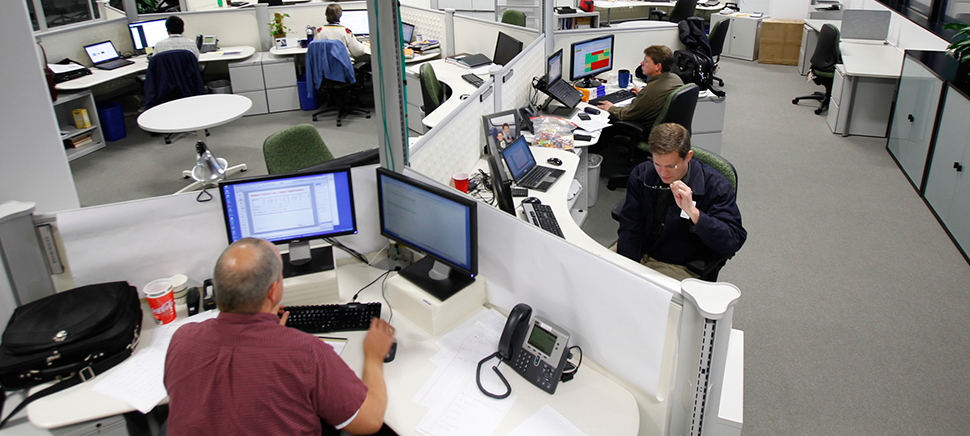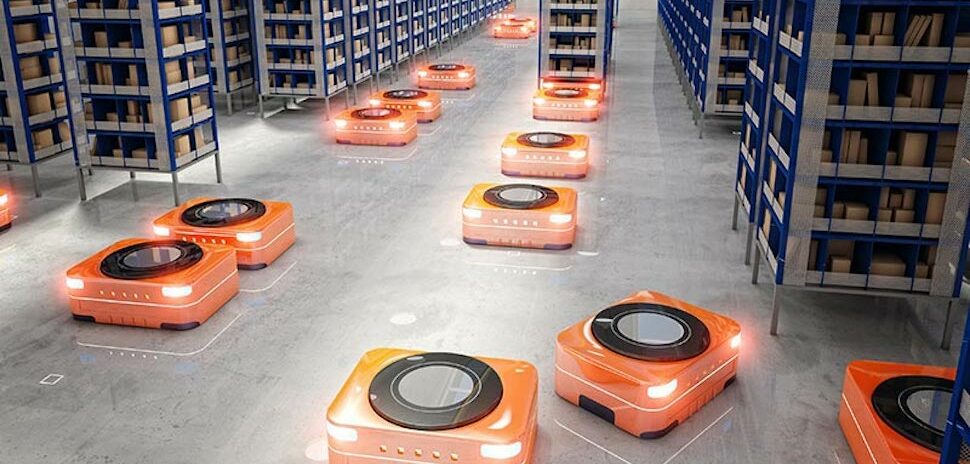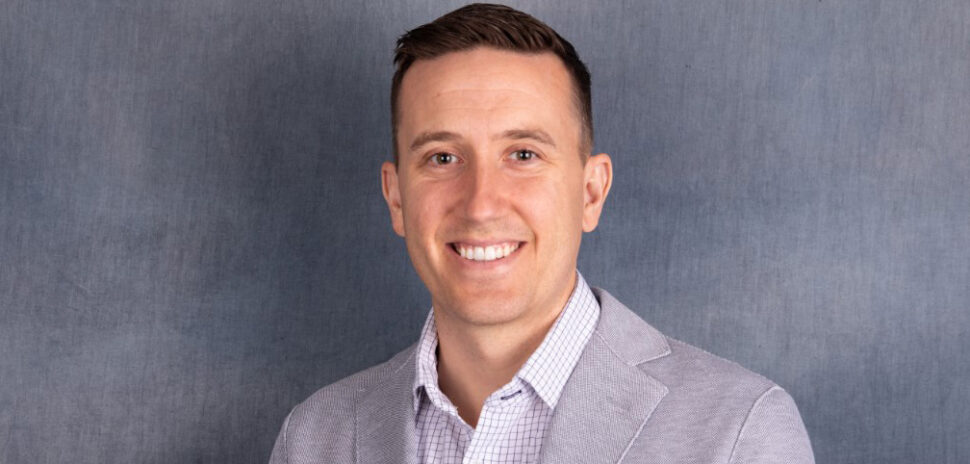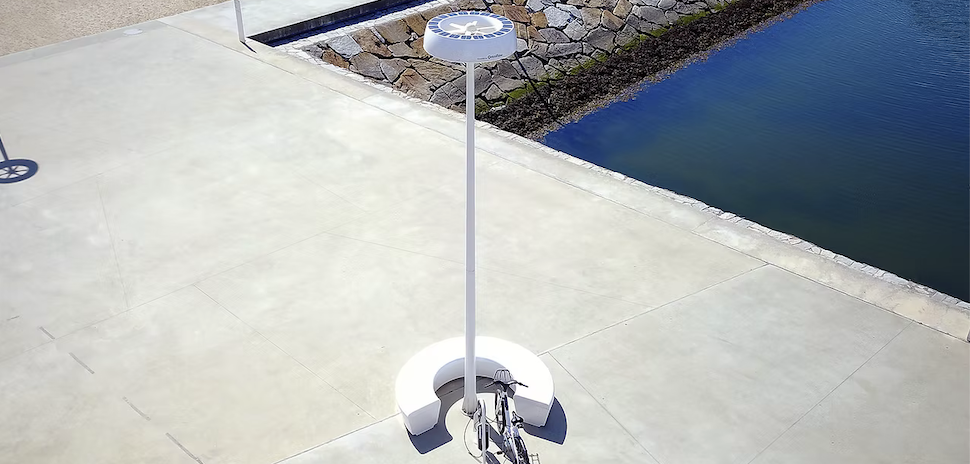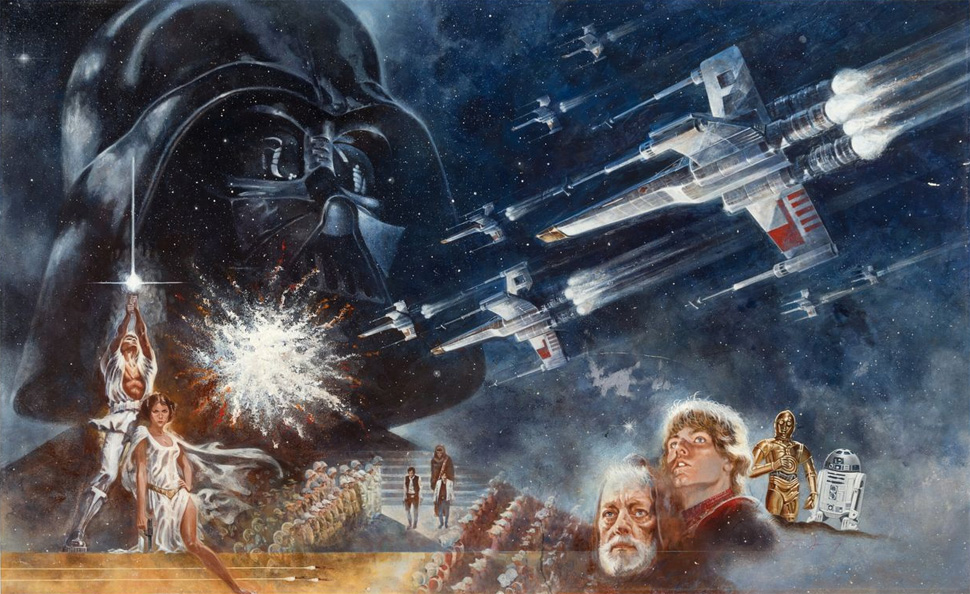If you think of Texas Instruments as a calculator company, you’re not alone; its employees hear that all the time, thanks to the brand’s dominance in the elementary calculators market for young students.
“That’s where you first come across the name in life, so it sticks with you over the years,” says Nick Hassan, TI’s manager of advance development.
But Texas Instruments is so much more than a calculator manufacturer. Because TI engineer Jack Kilby invented the monolithic integrated circuit—aka the microchip—in 1958, Texas Instruments has a hand in virtually all aspects of modern life.
“If it has a battery in it or plugs into the wall, it has TI technology in it,” says Paul Emerson, general manager of Dallas’ Kilby Lab.
His facility, and the other Kilby Labs in India and the Silicon Valley, are dedicated to research with a long-term focus. Among the technological developments that started in Kilby Labs are efficient LED lights used in billboards and turn signals as well as high-speed analog-to-digital converters that help make 4G phone networks possible. The 85 employees of the labs work on innovations in fields that include manufacturing, computing, transportation, and fitness.
“If it has a battery in it or plugs into the wall, it has TI technology in it,” says Paul Emerson, general manager of Dallas’ Kilby Lab.
“We play across all of those major market segments,” Hassan says.
Emerson says there are a few “high-level themes” that are predominant among the Kilby Labs’ research. One is autonomous vehicles, with the problems they are trying to solve, including “how do you detect the position of one vehicle relative to another?” Another is Industry 4.0, or “the Internet of Things,” a yet-to-be-realized vision for “intelligent” factories that are largely automated. (If the latter concept is unfamiliar to you, Hassan recommends watching this video.)
When the first Kilby Lab was launched in Dallas in 2009, employees from across the company were temporarily reassigned to it because either they pitched an idea for a new project or because their expertise was particularly suited to an idea deemed worth exploring. But that business model was abandoned a few years ago, Emerson says, because it caused a lot of tension; employees were “borrowed” to work on projects that often didn’t particularly benefit their original department. Today, the Kilby Labs have their own staff and their own budget.
Within each area, employees from different disciplines are mixed together like so many ingredients in a soup.
In Dallas, their workspace is open and egalitarian, with leaders such as Emerson and Hassan working at desks that are no larger than anyone else’s. It is divided into two sections; one is devoted to conceiving ideas and the other is focused on those theories into reality. But within each area, employees from different disciplines are mixed together like so many ingredients in a soup.
“We have a cross-section of expertise sitting together that you wouldn’t find anywhere else in the company,” Emerson says.
Once an idea moves from a Kilby Lab to a product-development group, the key engineers are encouraged to move with it. Emerson and Hassan then add to their teams with outside hires, which allows them to broaden the lab’s—and the company’s—expertise at the same time.
“If we lose someone who does A-B-C really well, we don’t necessarily try to hire someone new who’s an expert in A-B-C,” Hassan says. “We may bring in someone who can do X-Y-Z.”
All of those theoretical letters can add up to some very real numbers, in terms of dollars, for Texas Instruments. Fortunately, the company still has plenty of calculators on hand.
For a daily dose of what’s new, now, and next in Dallas-Fort Worth innovation, subscribe to our Dallas Innovates e-newsletter.

